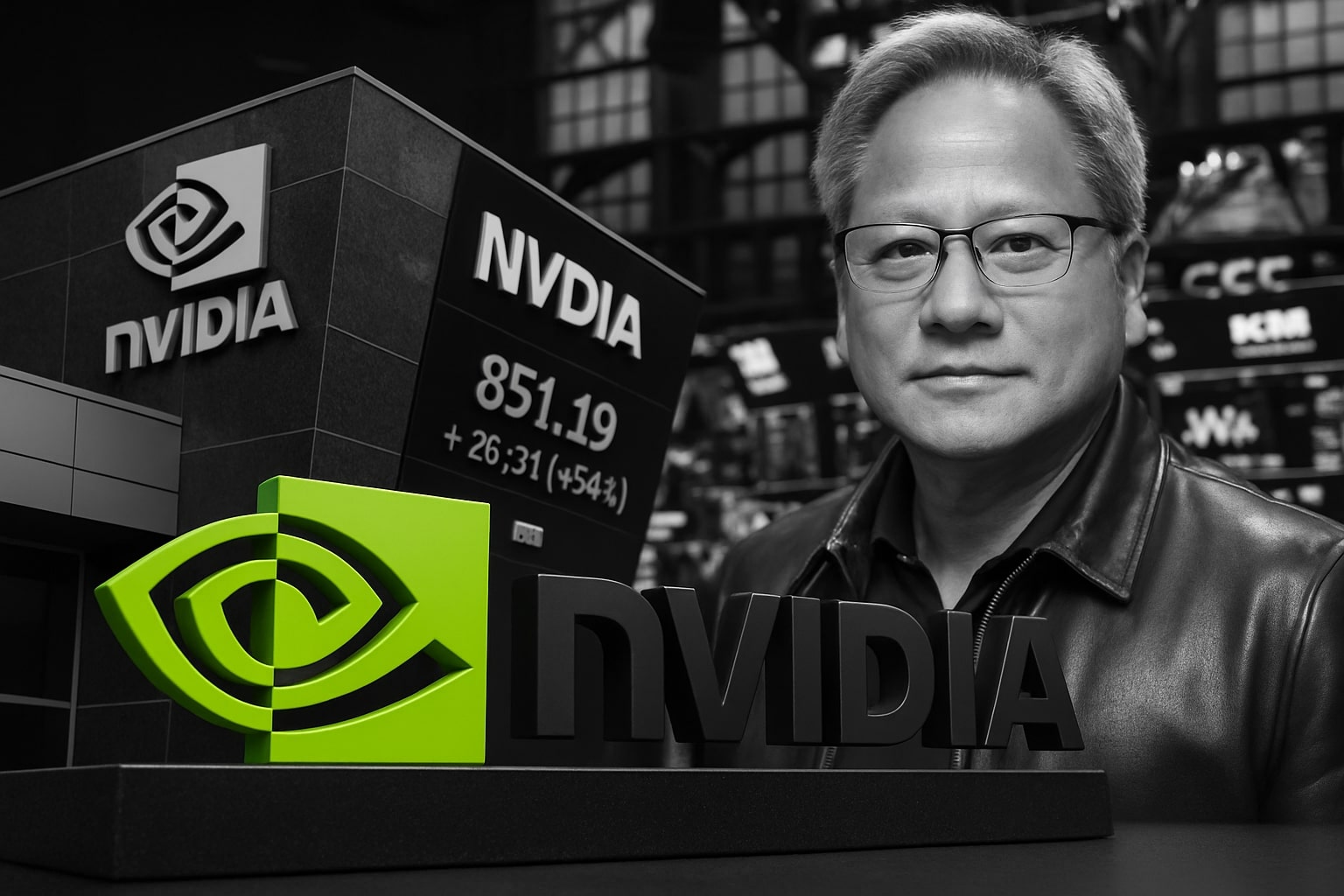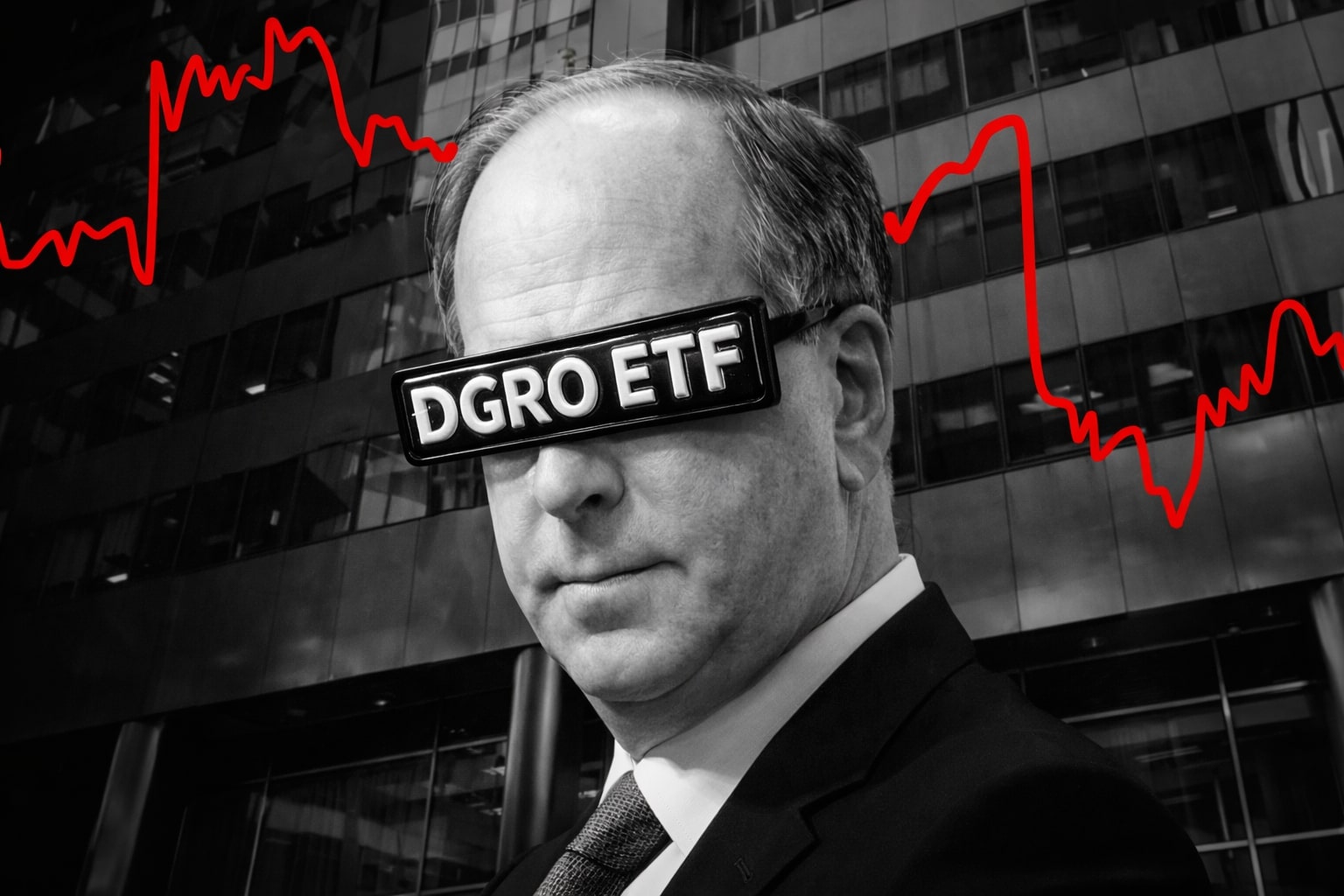
Nvidia Stock Price Forecast - NVDA Shares $188 Rally Reinforces Its $4.6 Trillion AI Empire
With FY2026 revenue set to top $200B, NVIDIA’s $2B investment in Elon Musk’s xAI, new UAE export licenses, and NVLink Fusion growth solidify its AI dominance as analysts lift targets to $225–$300 | That's TradingNEWS
NVIDIA’s (NASDAQ:NVDA) Relentless Ascent Reinforces Its $4.6 Trillion AI Empire
NVIDIA Corporation (NASDAQ:NVDA) continues to dominate the global technology landscape, closing at $188.42, up 2.87% in its latest session. With a market capitalization now standing at $4.587 trillion, NVIDIA is redefining what growth looks like for a semiconductor company. Over the past year, the company’s share price has climbed nearly 40%, far outpacing the S&P 500’s 13% advance. This surge comes amid accelerating demand for its Blackwell-class GPUs, government approvals for new markets, and a wave of strategic partnerships that further entrench its leadership in artificial intelligence. Wall Street’s optimism has intensified as firms such as Cantor Fitzgerald raised their price target to $300, and Mizuho lifted its forecast to $225, reflecting confidence in NVIDIA’s expanding AI infrastructure footprint.
NVIDIA’s $2 Billion Bet on xAI Deepens Its AI Hardware Supremacy
NVIDIA’s confirmed $2 billion investment in Elon Musk’s xAI has emerged as a cornerstone of its AI growth story. The capital injection into Musk’s Colossus 2 data center project in Memphis strengthens NVIDIA’s grip on next-generation GPU demand. The data center already houses around 100,000 GPUs, with plans to double capacity to 200,000 units. Under this arrangement, NVIDIA not only supplies the chips but retains ownership, leasing them back to xAI—an ingenious move that ensures long-term utilization and recurring sales. CEO Jensen Huang confirmed the partnership publicly, emphasizing Musk’s innovation track record. The $2 billion exposure represents just 2% of quarterly revenue, a negligible risk for a company sitting on $56.79 billion in cash. This strategic stake aligns NVIDIA with one of the world’s most influential AI ecosystems, securing continued demand for its Blackwell GPUs and enhancing its brand visibility across Musk’s enterprises, from X (Twitter) to Tesla’s AI initiatives.
U.S.–UAE Export Approval Unlocks Billions in New AI Chip Demand
A pivotal development came as the U.S. Commerce Department authorized NVIDIA to export up to 500,000 high-end GPUs annually to the United Arab Emirates. This includes H100 and Blackwell-class chips, marking a significant policy shift that allows NVIDIA to serve one of the wealthiest technology markets in the world. Approximately 20% of the chips will go to G42, Abu Dhabi’s premier AI infrastructure company. For NVIDIA, this deal represents both a financial and geopolitical victory. The transaction could generate billions in incremental annual revenue, while positioning NVIDIA at the heart of Middle Eastern AI expansion. The UAE’s massive sovereign funds are pouring resources into AI and data infrastructure, and NVIDIA’s entry into the region cements it as a key supplier for government-backed AI systems. Strategically, this aligns with Washington’s goal of embedding American technology within friendly nations’ critical infrastructure, elevating NVIDIA to the status of a national tech champion in AI hardware.
NVLink Fusion and AI Networking: The Next Great Growth Engine
Anticipation is mounting ahead of the OCP Summit, where NVIDIA is expected to unveil critical updates on NVLink Fusion, the backbone of its AI networking business. Partnerships with Intel (NASDAQ:INTC) and OpenAI are redefining data-center architecture, enabling full-scale integration between GPUs and networking at the rack level. This initiative could transform NVIDIA’s networking unit into a $20 billion revenue segment within two years. The NVLink Fusion architecture expands NVIDIA’s reach into the x86 ecosystem, traditionally dominated by Intel. According to estimates from the Dell’Oro Group, these alliances allow OEM partners such as Dell (DELL) and Super Micro Computer (SMCI) to customize NVLink-compatible systems, optimizing both performance and flexibility. Jensen Huang’s broader vision is for NVIDIA to become the operating system of the AI data center, commanding every layer of AI compute infrastructure—from the chip to the cloud. With global AI factory investments projected to reach $3–4 trillion by 2030, NVIDIA’s role in powering this expansion could deliver compound annual growth near 60% through the decade.
Financial Results Show Unprecedented Scale and Profitability
NVIDIA’s financials illustrate why it stands in a category of its own. For fiscal 2025, revenue soared 114% year-over-year to $130.5 billion, driven by $108 billion from data-center sales alone. On a trailing twelve-month basis, revenue hit $165 billion, with forecasts indicating $206 billion for FY2026, a 58% increase. Net income reached $72.9 billion, up 145% YoY, translating to a 52.5% net margin—a figure unheard of in the semiconductor industry. In Q2 FY2026, NVIDIA posted $46.7 billion in revenue and $28.4 billion in operating income, yielding a 61% operating margin. These figures reflect unmatched operational leverage, supported by software ecosystems like CUDA that make NVIDIA’s hardware indispensable. The company’s return on equity exceeds 109%, while return on invested capital stands at 67%, metrics usually reserved for elite software firms. Gross margins hover near 70%, far above the sector’s 50% average. With the Blackwell H200 GPU priced around $25,000, pricing power remains extraordinary.
AI Market Share Approaching Monopoly Levels
NVIDIA controls roughly 65% of the overall AI compute market, and in specialized data-center GPUs, its share climbs close to 90%. In gaming GPUs, the company dominates with more than 70% of market share, leaving competitors like AMD (NASDAQ:AMD) and Intel far behind. The strength of NVIDIA’s ecosystem—anchored by its proprietary software, developer libraries, and integrated AI frameworks—ensures that its chips are not just products but platforms. As the demand for large-language-model training and inference accelerates, NVIDIA’s GPUs have become the default infrastructure for both commercial AI and sovereign AI projects. Each AI training cluster built today is essentially a commitment to the NVIDIA ecosystem, securing recurring demand for years ahead.
Valuation: Stretching Metrics Justified by Velocity
At $188 per share, NVIDIA trades at a price-to-sales ratio of 28.2 and a forward P/E of 29.9. These metrics are high by historical semiconductor standards but remain consistent with its projected growth. Wall Street expects FY2027 revenue between $275 billion and $320 billion, a continuation of its steep trajectory. Even under conservative assumptions, this justifies forward valuations exceeding 16x sales. The company’s PEG ratio of 1.0 indicates valuation is proportionate to its earnings acceleration. With analysts’ targets ranging from $225 to $300, NVIDIA still offers 20–55% upside potential. For a business generating more than $77 billion in operating cash flow, these multiples appear sustainable, particularly as it shifts from cyclical hardware toward a recurring AI infrastructure model.
Read More
-
DGRO ETF Price: Is DGRO at $69.17 Still the Better Dividend-Growth Bet?
17.12.2025 · TradingNEWS ArchiveStocks
-
XRP Price Stuck Below $2 As XRPI at $10.74 and XRPR at $15.26 Ride $1B+ ETF Inflows
17.12.2025 · TradingNEWS ArchiveCrypto
-
Natural Gas Price Forecast - NG=F Steady Near $4 as TTF Jumps on Colder Forecasts and LNG Outage Risk
17.12.2025 · TradingNEWS ArchiveCommodities
-
USD/JPY Price Forecast: USDJPY=X 155.50 Pivot Before BoJ Hike and US CPI
17.12.2025 · TradingNEWS ArchiveForex
Insider Transactions and Institutional Accumulation Strengthen Confidence
Insider and institutional behavior reinforces the bullish outlook. More than 68.9% of shares are held by institutional investors, while insiders maintain about 4.3% ownership. Executive insiders have largely retained their stock grants, signaling confidence in long-term growth. Investors can review these transactions on NVIDIA’s insider activity page, where trends indicate consistent insider holding amid historic price levels. Institutional participation continues to climb, with top funds like Vanguard and BlackRock expanding positions during Q3 2025, underscoring sustained conviction in NVIDIA’s leadership.
Risk Factors Remain but Momentum Outweighs Concerns
While growth prospects remain robust, certain risks warrant caution. Valuation remains elevated, leaving limited margin for error if AI spending slows. The U.S. investigation into Megaspeed Singapore, a firm linked to NVIDIA’s CEO, raises potential compliance scrutiny over export pathways. Additionally, competition from AMD’s Instinct accelerators and Broadcom’s custom chips could pressure margins in select segments. However, current evidence shows enterprise AI spending remains elevated, with hyperscalers, sovereign funds, and private data centers all competing to secure GPU supply. NVIDIA’s free cash flow exceeding $52 billion gives it the financial capacity to absorb volatility and expand through R&D and acquisitions if necessary.
Final Outlook – Strong Buy Rating Supported by Structural Expansion
The synthesis of financial strength, strategic partnerships, and geopolitical validation positions NVIDIA (NASDAQ:NVDA) as the undisputed leader in AI infrastructure. The xAI investment, UAE export breakthrough, and NVLink Fusion expansion represent structural catalysts that redefine NVIDIA’s business model from hardware provider to infrastructure platform. With FY2026 revenue expected above $200 billion and consistent margin expansion, the long-term outlook remains bullish. Based on current trajectories, a 12-month price target range between $225 and $300 appears justified, reflecting 20–55% upside from current levels. NVIDIA’s ability to translate AI’s exponential demand into measurable financial growth continues to make it the most powerful force in global technology markets.
Current Price: $188.42 | Market Cap: $4.59 Trillion | Rating: Strong Buy | Target Range: $225–$300


















